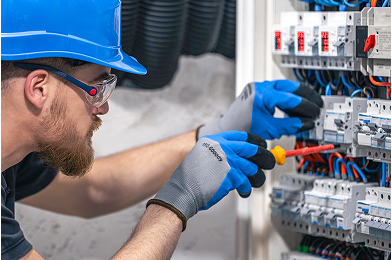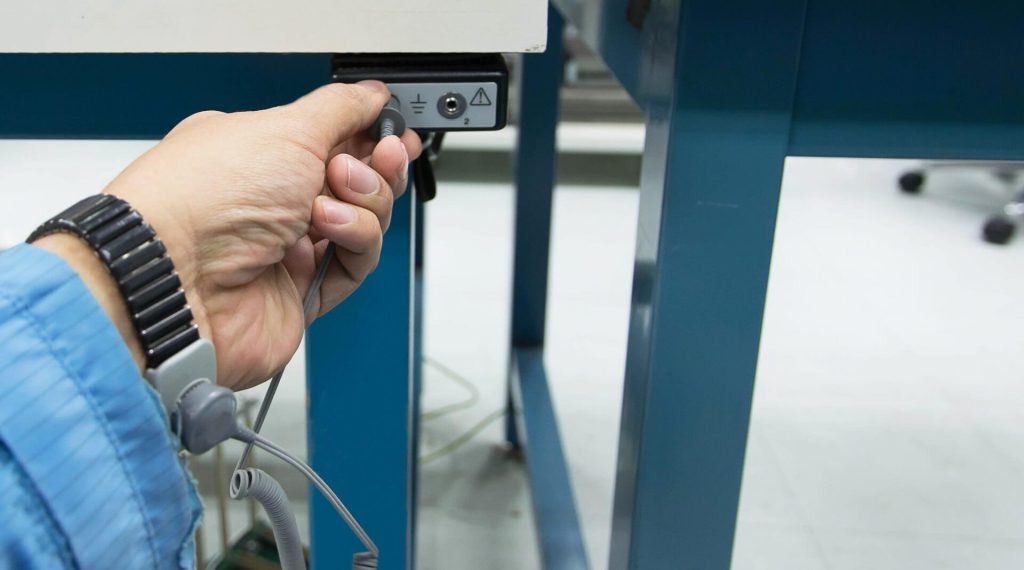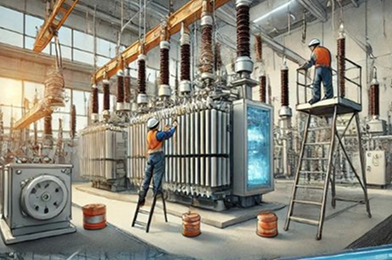Cut-out fuses or disconnecting fuses are important equipment in power distribution systems that are used to protect transformers and power lines against overload and short circuit. This article introduces cut-out fuses, their types, components, and their role in power distribution networks.
Introduction
As part of the critical infrastructure in modern societies, power distribution systems require protection and safety. One of the most important components of this protection is the cut-out fuse, which acts as a fault current limiting element. These fuses are used in medium voltage networks (between 1 and 33 kV) and protect transformers against sudden currents and overloads.
What is a cut-out fuse?
A cut-out fuse is a combination of a fuse and a switch that is used in primary power supply lines and their branches. This device melts its fusible element when a fault or overload current passes through it, thereby interrupting the circuit. This action disconnects the transformer from the line and prevents damage to it.
Types of Cut-Out Fuses
Cut-out fuses are divided into several types in terms of structure and function:
1. Interchangeable Cut-out
This type of cut-out fuse is the most common type and is produced by almost all major manufacturers. The interchangeability of these fuses means that a fuse holder from one manufacturer can be used with a fuse base from another manufacturer. This feature is desirable for power companies because it allows them to easily service lines and not worry about the compatibility of the replacement fuse holder with the fuse base of its specific manufacturer.
2. Loadbreak Cutout
This type of fuse cutout offers greater safety and ease of use than the replaceable type. The loadbreak cutout is easily recognized by its large arc-chute chamber. This chamber allows the cutout to be opened in a live circuit without the need for special tools.
3. Oil-filled and drop-out cutouts
Fuse cutouts are divided into two categories: oil-filled and drop-out. In oil-filled fuses, the melting element is located inside the liquid and is in a completely sealed chamber. This type of fuse is used in places with high humidity and pollution. Drop-out fuse cutouts themselves are divided into three categories: open, closed and spring-loaded.
Components of a Fuse Cutout
A fuse cutout assembly consists of three main components:
Cutout Body: The cutout body is an open frame that holds the fuse holder and a grooved porcelain or polymer insulator. This insulator electrically isolates the conductive parts of the assembly from the support (on which the insulator is mounted).
Fuse Holder: The fuse holder, also known as a “fuse tube” or “door”, is an insulating tube that contains the replaceable fuse element. When the fuse inside it melts, it opens the circuit and the fuse holder is released from the upper contact and hangs from a hinge at its lower end. This hanging fuse holder provides a visible indication of the fuse operation and ensures that the circuit is open.
Fuse Element: This is a fusible element that melts and interrupts the current flow when a fault or overload occurs. The fuse element usually consists of a fusible wire located inside the fuse holder.
Application of Cutout Fuse
Cutout fuses are widely used in power distribution networks to protect transformers against overload and short circuit. These fuses are very widely used due to their ease of installation on various bases, their low cost compared to power switches, their light weight, and their ease of service and maintenance.
Ways to prevent the burning of cutout fuse blocks
Cutout fuse blocks can burn due to various factors such as overload, short circuit, or improper use of fuses. To prevent this from happening, errors should be prevented by constantly monitoring power distribution systems and using appropriate equipment. Also, performing regular maintenance and replacing blown fuses in a timely manner can prevent the fuse cutout handle from burning out.





